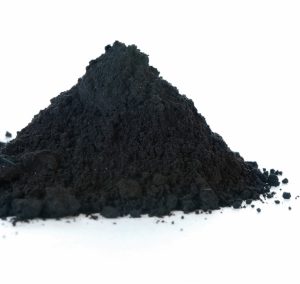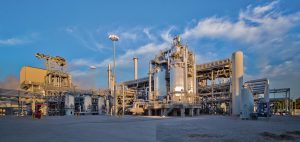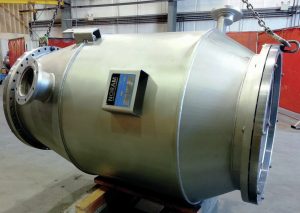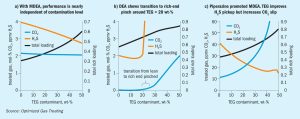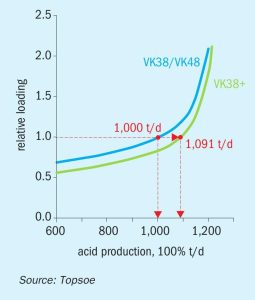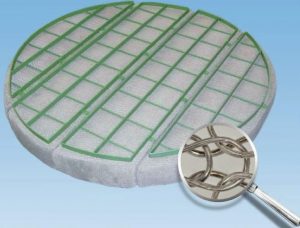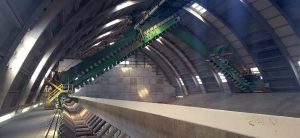
Seeing inside the box
The steam methane reformer is at the heart of most world-scale synthesis gas plants for ammonia, methanol or hydrogen production, and its optimum performance will maximise plant production and efficiency. This article studies the wide variety of parameters that need to be considered if a steam methane reformer is optimised.

